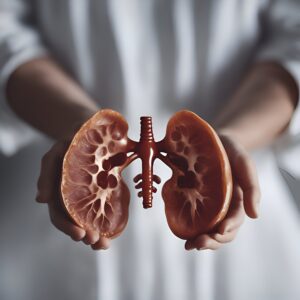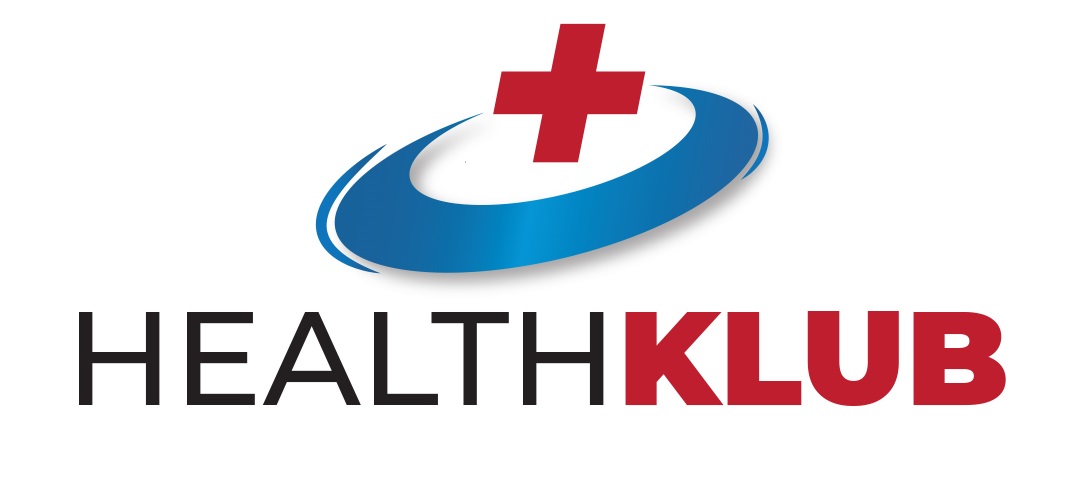Kidney disease has become one of the most pressing health issues globally, but it often flies under the radar. Known as the “silent epidemic,” kidney disease is steadily increasing in prevalence, yet many individuals are unaware of its symptoms until it reaches advanced stages. With early detection, many kidney problems can be managed or even prevented, making awareness more crucial than ever. But why kidney disease on the rise is, and what can we do about it?
What is Kidney Disease?
Kidney disease refers to the gradual loss of kidney function over time. The kidneys play a vital role in filtering waste from the blood, regulating blood pressure, and balancing fluids and electrolytes in the body. When kidney function declines, waste builds up in the bloodstream, leading to a range of complications, including high blood pressure, heart disease, and even kidney failure, which may require dialysis or a kidney transplant.

Kidney disease often develops silently. In the early stages, individuals may not experience any noticeable symptoms, making it difficult to detect without regular testing. This “silent” nature means that by the time symptoms appear, kidney damage may already be quite severe.
The Growing Prevalence of Kidney Disease
The rise in kidney disease cases can be attributed to several key factors. Among the most significant contributors are diabetes, hypertension, and an aging population.
1. The Diabetes Epidemic:
Diabetes, particularly type 2 diabetes, is one of the leading causes of kidney disease. Over time, high blood sugar levels can damage the blood vessels in the kidneys, impairing their ability to filter waste effectively. With the global increase in obesity rates and sedentary lifestyles, type 2 diabetes has become more widespread, directly contributing to the surge in kidney disease cases.
2. Hypertension (High Blood Pressure):
Hypertension is another major risk factor for kidney disease. High blood pressure can damage the delicate blood vessels in the kidneys, causing them to become less efficient at filtering waste. Chronic hypertension often goes undetected because it doesn’t usually present noticeable symptoms. This means that individuals with high blood pressure may unknowingly be putting their kidneys at risk for years.
3. Aging Population:
As the global population continues to age, kidney disease and kidney problem is becoming more common. The risk of kidney disease increases with age, as kidney function naturally declines over time. This is particularly true in older adults who may have accumulated risk factors like high blood pressure, diabetes, or a history of smoking, all of which increase the likelihood of developing kidney disease.
Other Contributing Factors
1. Lifestyle Choices:

Lifestyle choices also play a significant role in the rise of kidney disease. Poor dietary habits, including a high intake of processed foods, excessive salt, and sugary drinks, contribute to obesity, hypertension, and diabetes, all of which heighten the risk of kidney damage. Lack of physical activity also contributes to these conditions, exacerbating the likelihood of kidney disease development.
2. Access to Healthcare:
In some regions, there is limited access to healthcare, leading to undiagnosed or poorly managed chronic conditions such as diabetes and hypertension. Without regular check-ups and screenings, individuals may not realize they are at risk for kidney disease until it’s too late.
Early Detection and Prevention
The key to combating the rising rates of kidney disease lies in early detection and proactive management. Regular screenings for those at risk — such as individuals with diabetes, hypertension, or a family history of kidney disease — are essential for catching kidney issues before they reach a critical stage.
Simple tests like urine analysis and blood tests (such as measuring creatinine levels) can help identify kidney problems early. For those diagnosed with early-stage kidney disease, lifestyle changes such as better blood sugar control, blood pressure management, and a healthy diet can slow the progression of the disease.
Additionally, reducing the consumption of alcohol and quitting smoking can help protect kidney health. Encouraging physical activity, maintaining a healthy weight, and managing stress can also play a crucial role in preventing kidney damage.

Conclusion
Kidney disease is on the rise, fueled by an increase in risk factors such as diabetes, hypertension, and an aging population. However, the disease often remains unnoticed until it reaches its later stages, making early detection crucial. Through increased awareness, better lifestyle choices, and regular check-ups, many cases of kidney disease can be prevented or managed effectively. It’s time to shed light on this silent epidemic and take action to protect kidney health.


